BHAKTI YOGA
What is True Love? | Who is God? | What is an inner Bhava?
The contents on these Our Teachings webpages are reproduced from the book “Essentials of Yoga Practice and Philosophy” compiled by Swami Sitaramananda.
Below is a testimonial for this book.
A concise guide to Yoga in all of its aspects, healing, mantra, pranayama, asana and meditation as taught by one of the most important Yoga lineages of the modern world, Essentials of Yoga Practice and Philosophy is a helpful resource that all serious Yoga students should keep close by for regular study.
Bhakti Yoga
Quote: “Love is divine. Love is nectar. Love is the greatest power on earth. Love alone can transform the world. Love alone can bring peace on this earth. Love alone can conquer hearts of others.”
– Swami Sivananda in “Bliss Divine”
What is Bhakti Yoga?
Swami Sivananda says in Bliss Divine, “Bhakti is continuity of devotion. Bhakti is attraction of the Soul to the Lord, just as there is attraction of the needle to the magnet.
Bhakti is love for love’s sake. There is neither selfish expectation nor fear. Bhakti is no emotionalism, but it is tuning the will and the intellect as well towards the Divine.
It is Supreme Love of God. Love is natural to everybody. Bhakti is the easiest approach to God.”
Who is God?
Swami Sivananda says, “God has all names and all forms and no name and no form. God exists. He is indefinable. God is the totality of all that exists, sentient and insentient.
He is omnipotent, omnipresent, omniscient. He has no beginning, middle nor end. He is the indweller in all beings. He controls from within. He dwells in your heart.”
Our personal relationship with the Supreme depends on our own mind. Gods and Goddesses of India represent these different manifestations of the same Supreme God.
Bhakti Yoga is the path of developing a personal relationship with the personal aspect of God and comprises of such practices as singing Kirtan, Puja, worshipping, prostrating, telling stories, and celebrating spiritual holy days.
The idea is to convert emotions into devotion, and to eventually realize Oneness with the Supreme through Pure, selfless Love.
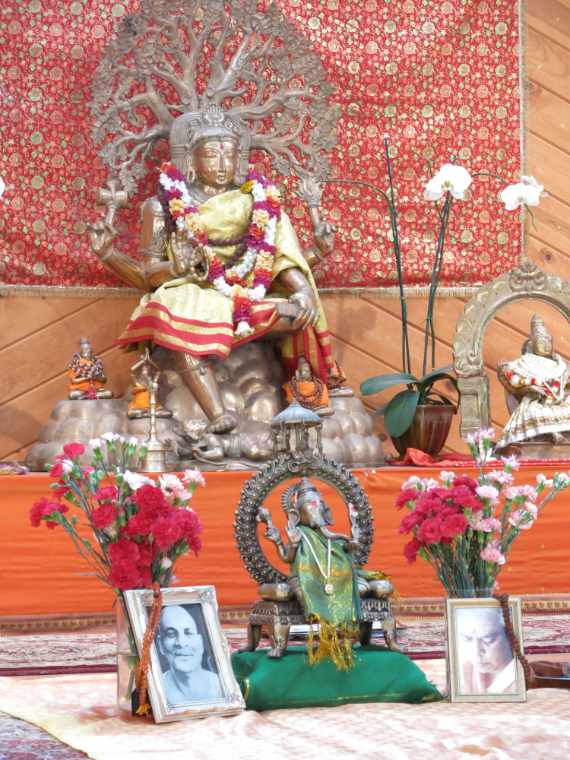
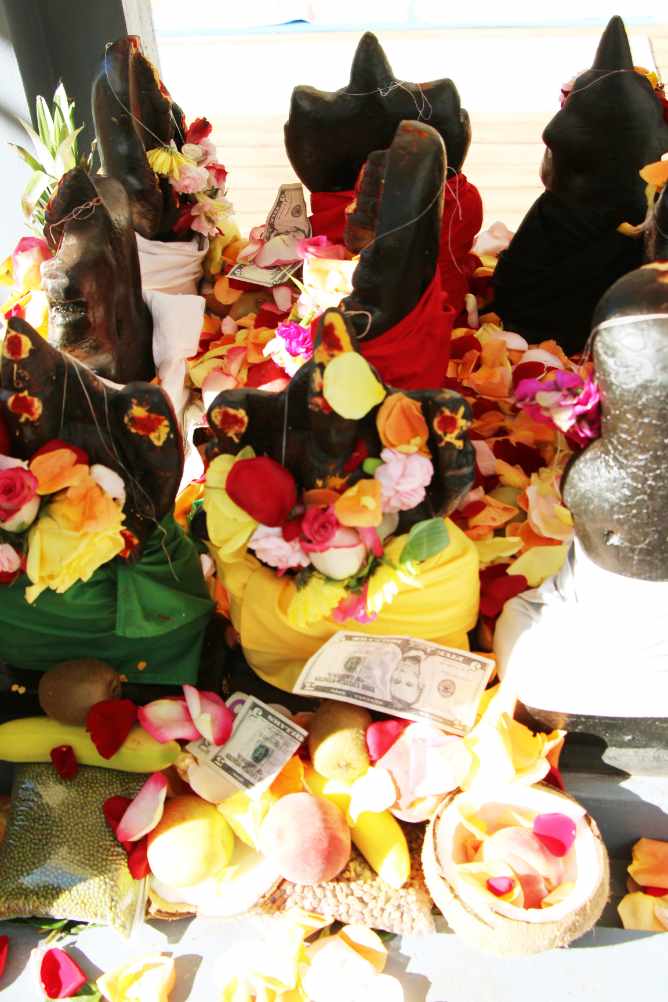
What is Love?
God is Love and Love is God.
Swami Sivananda says, “Love is the law of life. To love is to fulfill the law. To live is to love. To love is to live. You live so that you may learn to love. You love so that you may learn to live in the Eternal.
A Life without faith, love and devotion is a dreary waste. It is real death.
Love of body or skin is passion. Love of God is Prem. It is pure love. It is love for Love’s sake. Love vibrates in the form of service, charity, generosity and benevolence.
True religion does not consist in ritualistic observances and pilgrimages, etc., but in loving all. Cosmic love is all embracing and all inclusive. Hatred breeds hatred. Love begets love. Fear breeds fear.
It is the natural right of love, the power of God, to prevail upon this earth, conquering all forces of hate and evil. Love is the hope of this dark and lonesome world.
This world needs leaders filled with sympathy, cooperation, love, sacrifice, compassion, and tolerance. The saints, seers and prophets of all religions have spoken of love as the end and aim or goal of life.
Live in love. Breathe in Love. Sing in Love. Eat in Love. Drink in Love. Talk in Love. Pray in Love. Meditate in Love. Think in Love. Move in Love. Die in Love.
Purify your thoughts, speeches and actions in the fire of love.
Feel that this body is the moving temple of God. Feel that all beings are images of the Lord. Feel that one power of God works through all hands, sees through all eyes, hears through all ears.
You will become a changed being. You will enjoy the highest peace and bliss.”
Why worship different forms of Gods?
God is one, but names are many. Truth is one, but paths are many.
In the beginning of the spiritual path, the devotees superimpose God and his attributes on the name and form or idol that they worship.
Gradually, they begin to feel that the Lord in the idol is in the hearts of all creatures, and in all names and forms of this universe. They begin to feel His presence everywhere.
The images of the deities or their names are only symbols to fix the mind of the devotees in the beginning and help them to develop concentration and one pointed devotion.
The idol is only a symbol of the divine in the same manner the flag is only the symbol of the country, or a photo of a dear one is only a symbol of the love you hold towards the person.
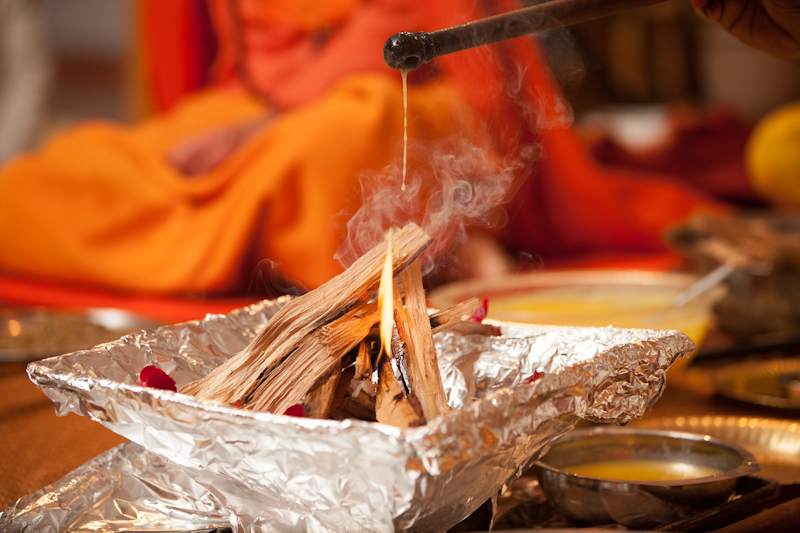
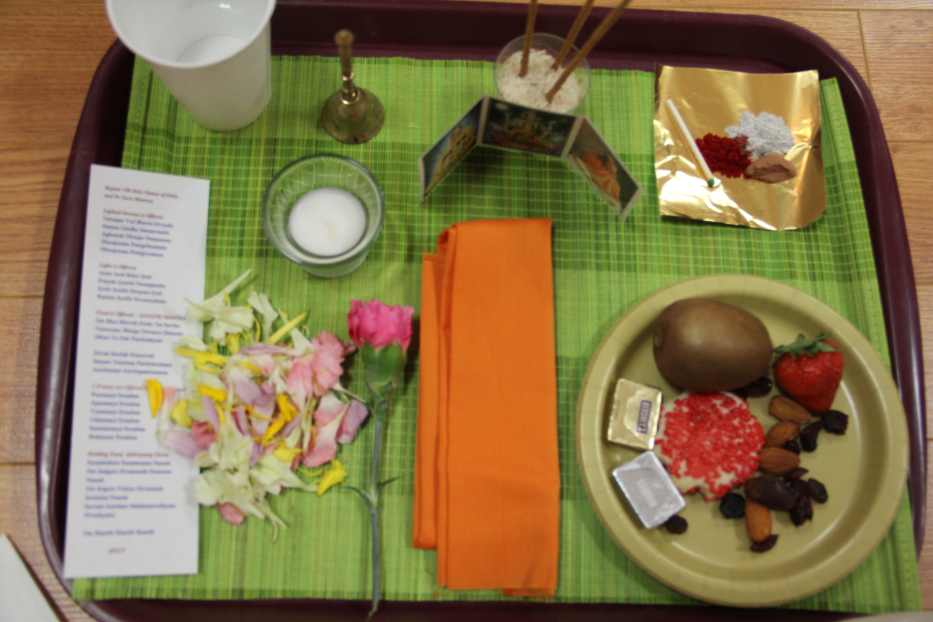
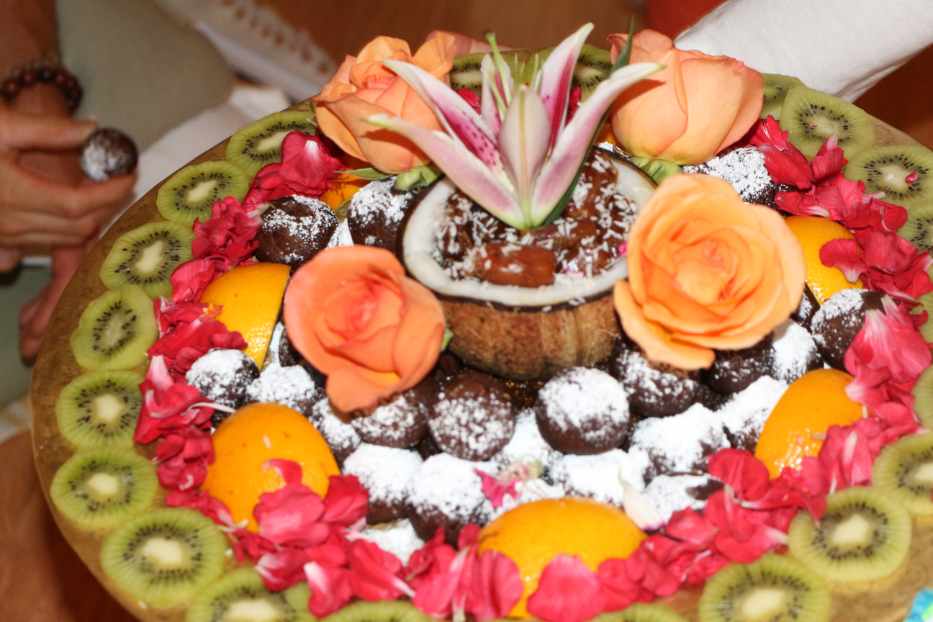
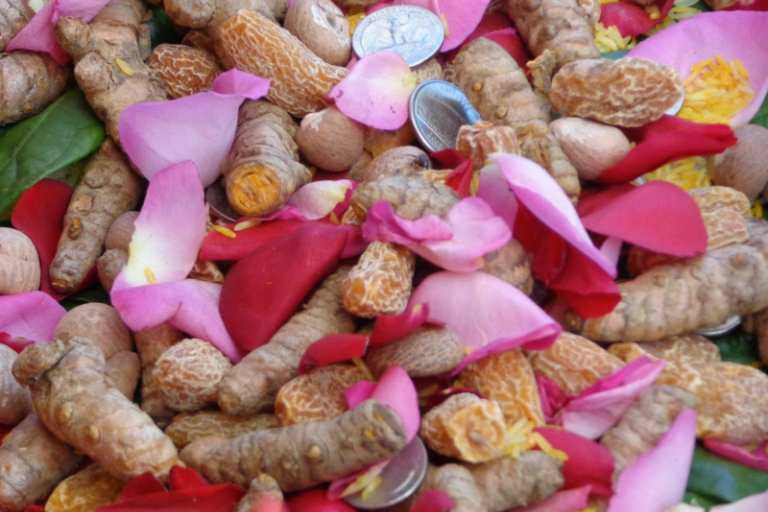
How to cultivate Bhakti?
Ideally, to cultivate Bhakti you need to choose your Ishta devata (chosen ideal or chosen form of God) and your personal relationship (Bhavas) with your Ishta.
The main Bhavas, or devotional feelings, one can cultivate are:
- the relationships of Master/Servant;
- the relationship of Teacher/Student;
- the relationship of Husband/Wife;
- the relationship of Lover/Beloved;
- the relationship of Mother/Child;
- the relationship of Father/Child;
- the relationship of friend/friend.
3 Aspects of the Divine
There are three different aspects or functions of God. God’s name varies according to his function as:
Creator – all things which exist must be created
Preserver – all things which exist must be maintained or preserved for some time
Destroyer – all things which exist must change, or be destroyed over time
Each function has a male and female aspect, the consciousness aspect and the energy aspect respectively, which are inseparable. These are represented by the Gods and their shaktis, the Goddesses.
There are many names of God, because God is all names and forms, and that which is beyond names and forms. This is why in the Bhakti scriptures there are 108, or 1008 descriptions, or names, of God.
These various names detail the characteristics and glories of the different aspects of God.
108 is a sacred number, as represented by the 108 beads of the Japa mala, which is used as a tool to concentrate during mantra repetition.
The main deities are:
Brahma
the Creator
Goddess Saraswati
the goddess of music, arts, and wisdom
Mantra for meditation: OM AIM SARASWATYAI NAMAH
Vishnu
the Preserver, Lord of Peace; Lord Vishnu manifests as different incarnations at various times to save mankind; Rama, Krishna and Lord Buddha are all said to be his incarnations
Mantra for meditation: OM NAMO NARAYANAYA
Swami Vishnu-devananda promoted wide-scale repetition of this mantra for creating peace and protection in our present time
Rama
the seventh incarnation of Lord Vishnu, he is the Lord of Righteousness
Mantra for meditation: OM SRI RAMAYA NAMAH
Krishna
the eighth incarnation of Lord Vishnu, he is the Lord of Love
Mantra for meditation: OM NAMO BHAGAVATE VASUDEVAYA
Goddess Lakshmi
the goddess of prosperity, love, virtues, health, and wealth
Mantra for meditation: OM SRI MAHA LAKSHMYAI NAMAH
Siva
the Destroyer, the God of Transformation.
Mantra for meditation: OM NAMAH SIVAYA
Goddess Durga
the goddess of inner strength, protection and destroyer of negativities
Mantra for meditation: OM SRI DURGAYAI NAMAH
Ganesha
the remover of obstacles, he is the son of Siva and Parvati
Mantra for meditation: OM SRI MAHA GANAPATAYAI NAMAH
Swami Sivananda
Satguru of our lineage
Mantra for meditation: OM NAMO BHAGAVATE SIVANANDAYA
Swami Vishnudevananda
Guru of our lineage
Mantra for meditation: OM NAMO BHAGAVATE VISHNU-DEVANANDAYA
Your relationship to God is personal and transcends and encompasses all human relationships.
You can strengthen the relationship tremendously by the practice of repeating the Divine Name (Japa Yoga), the practice of chanting the divine name (Kirtan), as well as the practice of worshiping the divine form (Puja), and the practice of remembering God at all times.
There are many Bhakti scriptures telling stories of devotion as well. Also, studying the lives of saints and living in their company (satsanga) is a good and easy way to develop Bhakti.
Mantras need to be initiated by a spiritual teacher and pronounced properly.
Yoga Teacher Training Course
Check out our 200-hour Yoga Alliance certified Yoga Teacher Training Courses offered twice a year in California, 3x in Vietnam, once in China and once in Japan.
Foundational Courses
Choose from upcoming courses for beginners and intermediate level students.
Yoga Vacation
Rejuvinate your body and mind. Experience and progress with daily Yoga classes. Learn the 12 basic asanas and pranayama. Enjoy daily meditation, chanting, and organic vegetarian meals.
Check out our Blog
Our Sivananda Yoga Farm Blog has numerous articles, videos, and talks given by our senior teachers over the years.
OUR TEACHINGS
The contents you will find here are reproduced from the book “Essentials of Yoga Practice and Philosophy” compiled by Swami Sitaramananda.
Satsang
What is Satsang? What is Meditation? What is Kirtan Chanting?
5 Points of Yoga
Exercise, Breathing, Relaxation, Diet, Positive thinking and Meditation
Health
What is True Health? What is health of body, mind, and spirit?
Prana
What is Prana? How can I access prana? What is kundalini energy?
Raja Yoga
What is Raja Yoga? What are the eight limbs? What is ashtanga yoga?
Jnana Yoga
Who am I? What is Vedanta Philosophy? What is Sat-Chit-Ananda?
Mantras
What is a mantra? What is sanskrit? How do I get a mantra?
Yoga Poses
What is in a basic Sivananda class? What are the benefits? What are some guidelines?
Yoga
What is Yoga? Where did Yoga come from? What is Classical Yoga?
Life
What is the meaning of Life? What is Freedom? What is Happiness?
Mind
What is the mind? How does the mind work? Am I my mind?
Positive Thinking
What is thought? What are techniques to practice positive thinking?
Karma Yoga
What is Karma? What is Karma Yoga? How to practice karma yoga?
Bhakti Yoga
What is True Love? Who is God? What is an inner Bhava?
Kirtan Chanting
What is Kirtan Chanting? How does it work? What do the chants mean?
Ayurveda
What is ayurveda? What are the 3 doshas? What is disease according to ayurveda?